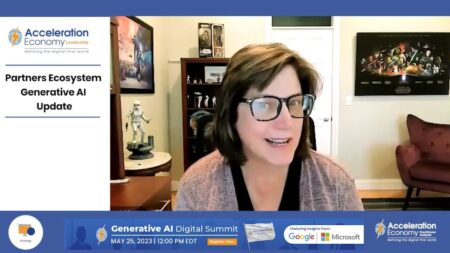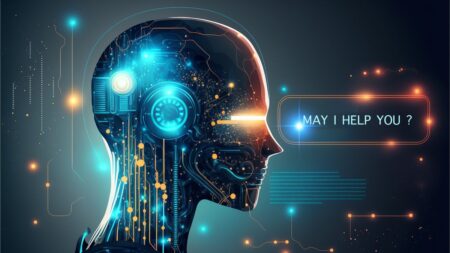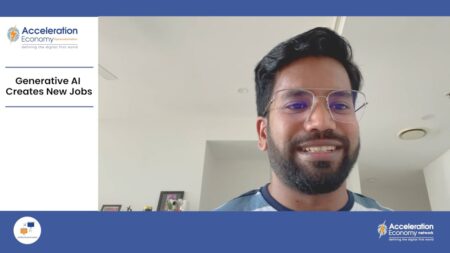AI Index Report episode 12: Treefera provides AI forest analytics platform for carbon credit verification; EY announces EY.AI model; and Baidu launches Ernie Bot.
chatbots
Generative AI holds the potential to introduce greater efficiency by helping procurement leaders create RFPs. See what our testing of three prominent platforms revealed.
AI-powered virtual assistants from Microsoft, ServiceNow, and other companies are delivering new capabilities for businesses. How to set expectations for their impact remains an open question.
Integrating generative AI, natural language prompts, large language models, and machine learning augments the power of customer experience applications.
AptEdge is using generative AI to turn the challenge of data and knowledge sprawl into an advantage when it comes to serving customers.
Celonis co-CEO Alex Rinke lists scalability, innovation, and embedded knowledge as his firm’s top three differentiators in a discussion for Process Mining Battleground.
Databricks recently acquired MosaicML for $1.3 billion, and the combined firms are poised to develop robust machine learning and generative AI capabilities for enterprises.
By providing a data-driven perspective on existing processes and enriching this understanding with AI, process mining can reveal customer experience inefficiencies and recommend improvements.
There are several security risks associated with generative AI, including AI-powered social engineering attacks and evasion of traditional security defenses.
The potential of generative AI goes far beyond image generation and blog writing—it is a game-changer for staying ahead of evolving cybersecurity threats.
With the release of its first large language model, Stability AI serves as an open-source alternative to OpenAI’s ChatGPT.
Microsoft delivers API that makes quantum computing more accessible to developers, as well as a Copilot that uses natural language to apply quantum to scientific problems.
In this Generative AI Digital Summit moment, C3 AI CEO Tom Siebel explains the enterprise problem his company is addressing with generative AI.
Paul Swider explains the ways in which generative AI is making its way into healthcare portals, chatbots, and other patient experiences.
In anticipation of the Generative AI Digital Summit on May 25th, Janet Schijns runs through some existing use cases for technology partners.
While generative AI can bring much value to an organization, prompt engineering will be a vital skill to get the most of the technology.
Analyst Toni Witt shares two real-world use cases demonstrating how large language models like GPT-4 enhance finance processes, reduce errors and biases, and boost efficiency.
ChatGPT, and its generative AI underlying technology, can replace some, but not all, human tasks. In this analysis, Janet Schijns explores which ones are best suited for machines versus humans.
Staying ahead of the curve means recognizing the potential of GPT-driven solutions and strategically leveraging them for growth and success.
ChatGPT and its ilk will both create new roles, and amplify the skills in current ones, ultimately leading to increased productivity and efficiency levels, says Ronak Mathur.





















